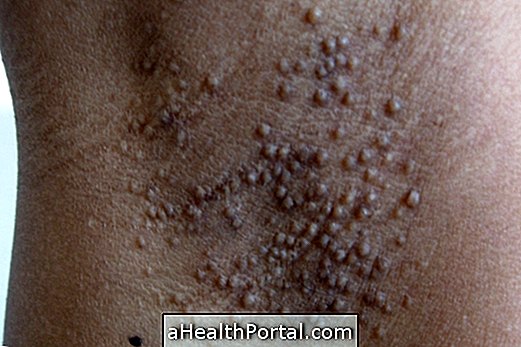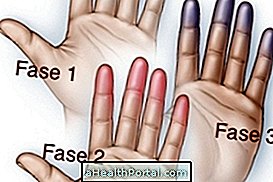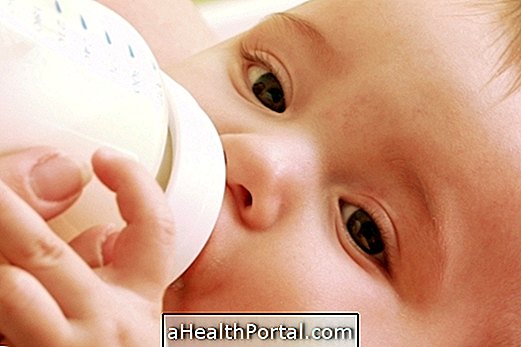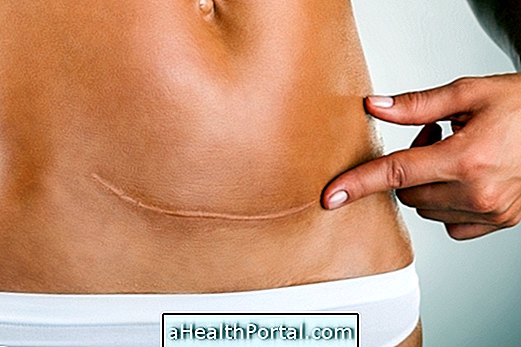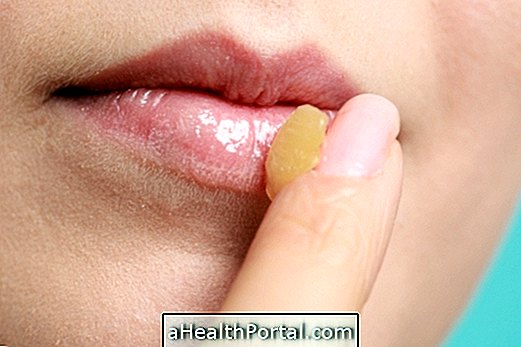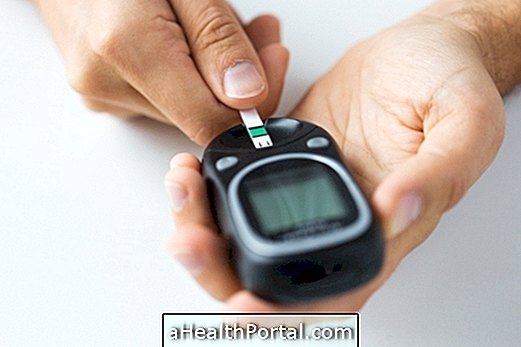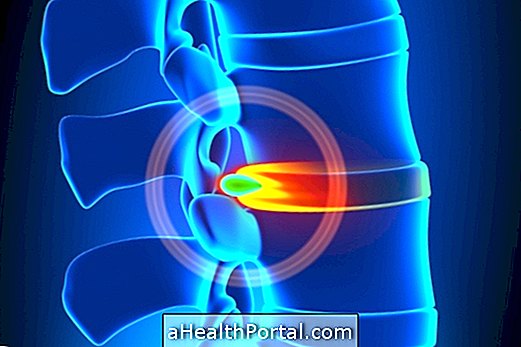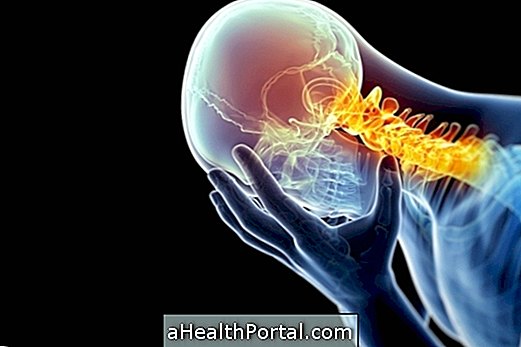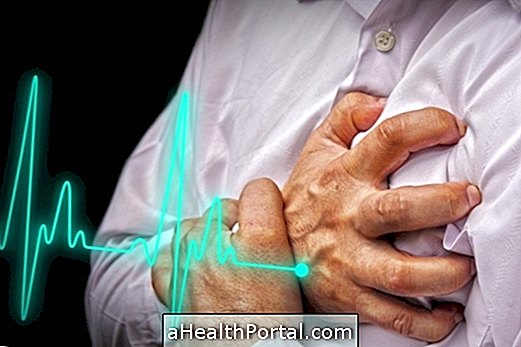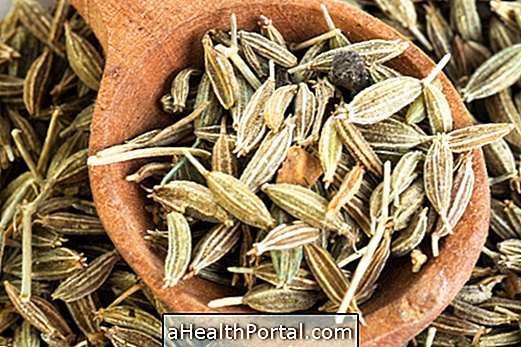Pierre Robin Syndrome, also known as the Pierre Robin Sequence, is a rare disease characterized by facial anomalies such as diminished jaw, tongue to throat, obstruction of the lungs and cleft palate. This disease is present from birth.
Pierre Robin Syndrome has no cure, however there are treatments that help the individual to lead a normal and healthy life.
Symptoms of Pierre Robin Syndrome
The main symptoms of Pierre Robin Syndrome are: very small jaw and receding chin, tongue drop to throat, and respiratory problems. Other features of Pierre Robin Syndrome may include:
- Palate cleft, U-shaped or V-shaped;
- Uvula divided into two;
- Sky of the mouth very high;
- Frequent ear infections that can cause hearing loss;
- Change in nose shape;
- Malformations of teeth;
- Gastric reflux;
- Cardiovascular problems;
- Growth of a 6th finger on the hand or feet.
It is common for patients with this disease to present asphyxia due to obstruction of the pulmonary pathways caused by falling tongue backward, which causes obstruction of the throat. Some patients may also have problems with the central nervous system, such as language delay, epilepsy, mental retardation and fluid in the brain.
The diagnosis of Pierre Robin 's syndrome is made through a physical examination at birth, in which the characteristics of the disease are detected.
Treatment of Pierre Robin Syndrome
The treatment of Pierre Robin Syndrome consists of managing the symptoms of the disease in patients, avoiding serious complications. Surgical treatment can be advised in the most severe cases of the disease, to correct the cleft palate, respiratory problems and correct problems in the ear, avoiding hearing loss in the child.
Some procedures should be adopted by the parents of infants with this syndrome to avoid problems of suffocation, such as keeping the baby face down so that gravity pulls the tongue down; or feed the baby carefully, preventing him from choking.
Speech therapy in Pierre Robin Syndrome is indicated to help treat problems related to speech, hearing, and movement of the jaw that children with this disease have.
Useful link:
- Cleft palate

